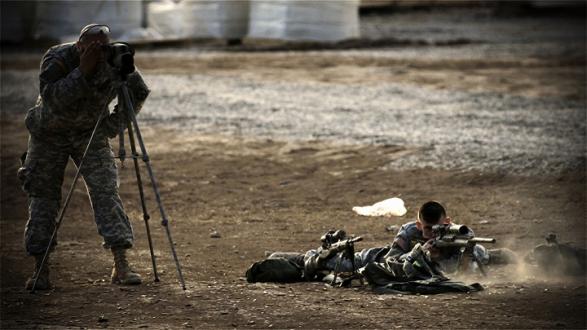Teleconference Call
The sixth and final installment of our Behind the Front Page summer teleconference series focused on the critical challenges contemporary asymmetric warfare poses for America and its allies. The Department of Defense defines asymmetric warfare as "the application of dissimilar strategies, tactics, capabilities, and methods to circumvent or negate an opponent’s strengths while exploiting his weaknesses.” The terrorist attacks on 9/11 and the war in Afghanistan are perhaps the best-known recent examples of this sort of conflict.
The call featured Dr. John Arquilla, Professor of Defense Analysis & Special Operations and Director of the Information Operations Center at the Naval Postgraduate School, and Dr. Steven Metz, Chairman of the Regional Strategy Department at the U.S. Army War College's Strategic Studies Institute. Mr. Kaveh Farzad, Communications Associate at the Pacific Council on International Policy, served as moderator.
Can we clearly define the basic structures and behaviors of nations or groups that have disparate military capabilities and strategies? How should the United States and its allies respond - politically and militarily - to counterinsurgency, terrorism, and other forms of irregular warfare in the 21st century? What threat does asymmetric warfare pose to non-combatants? Our participants debated and discussed these issues and more.




